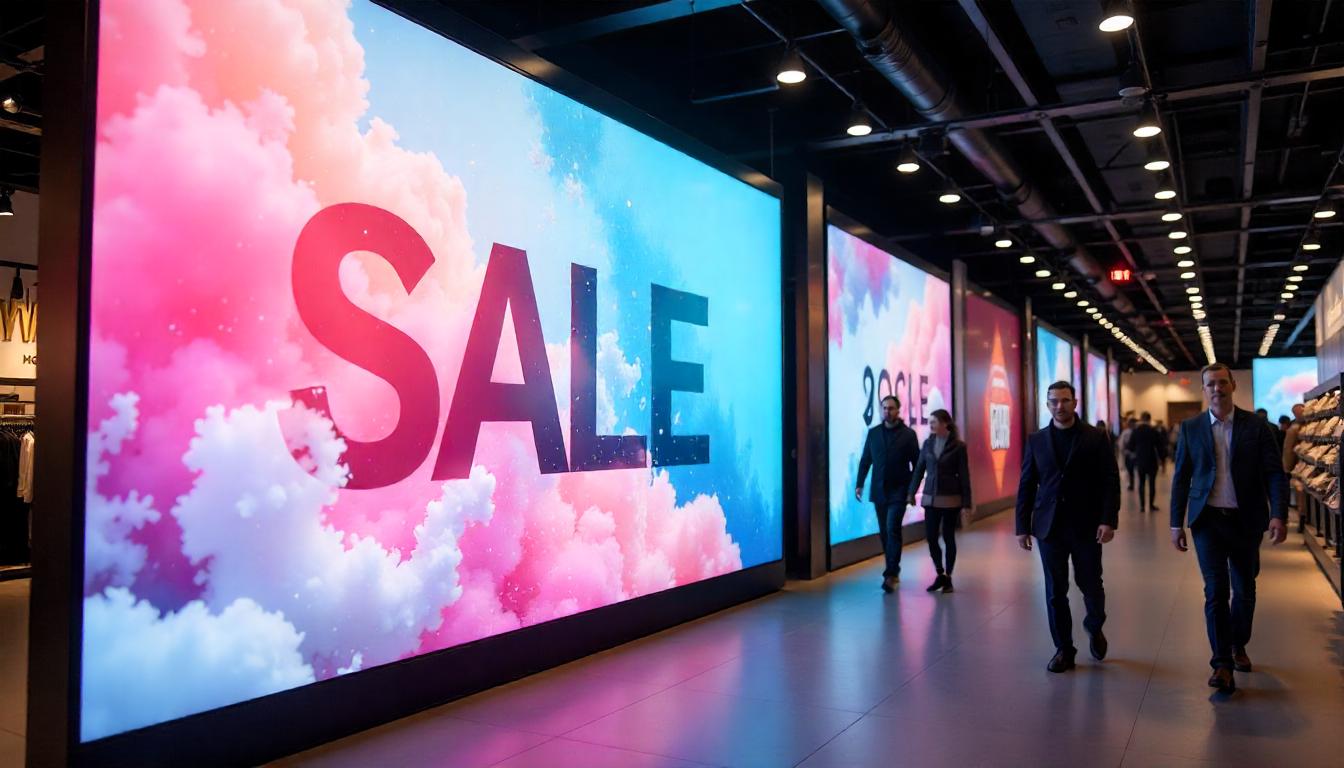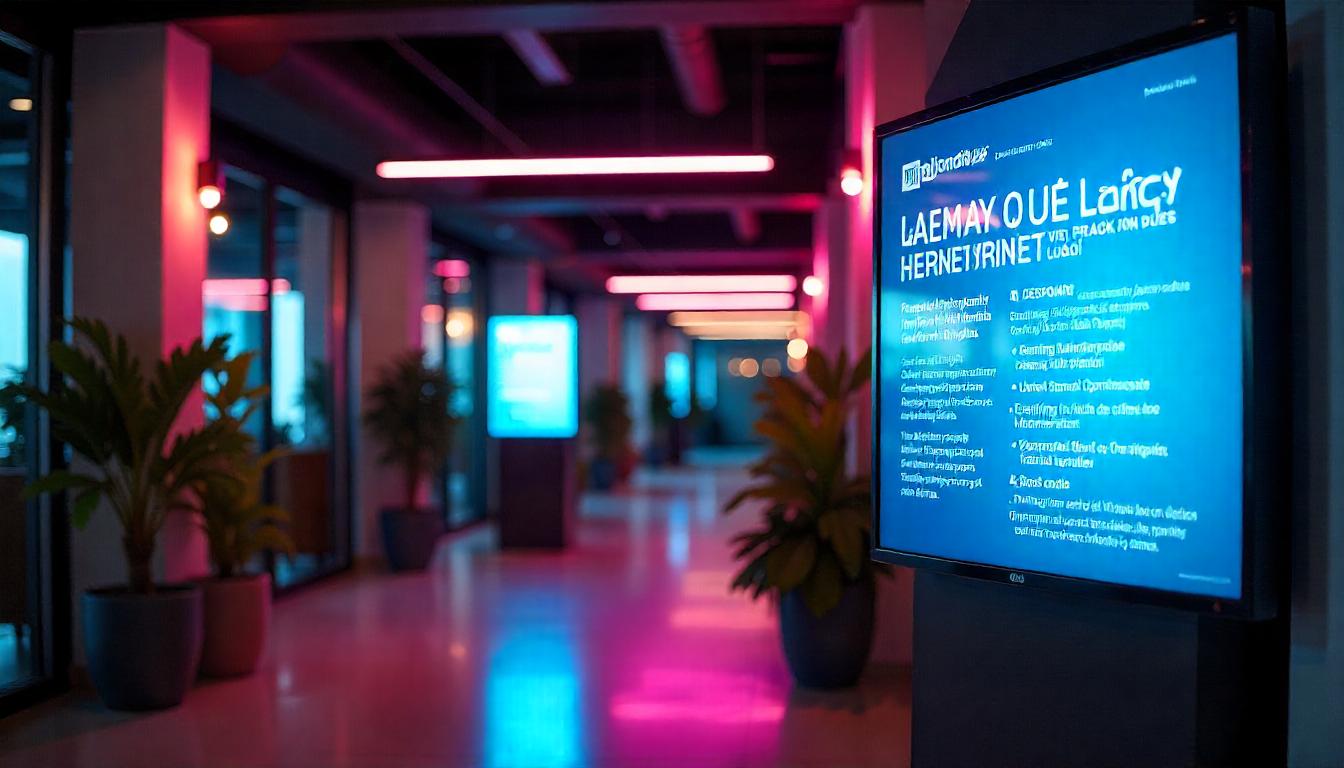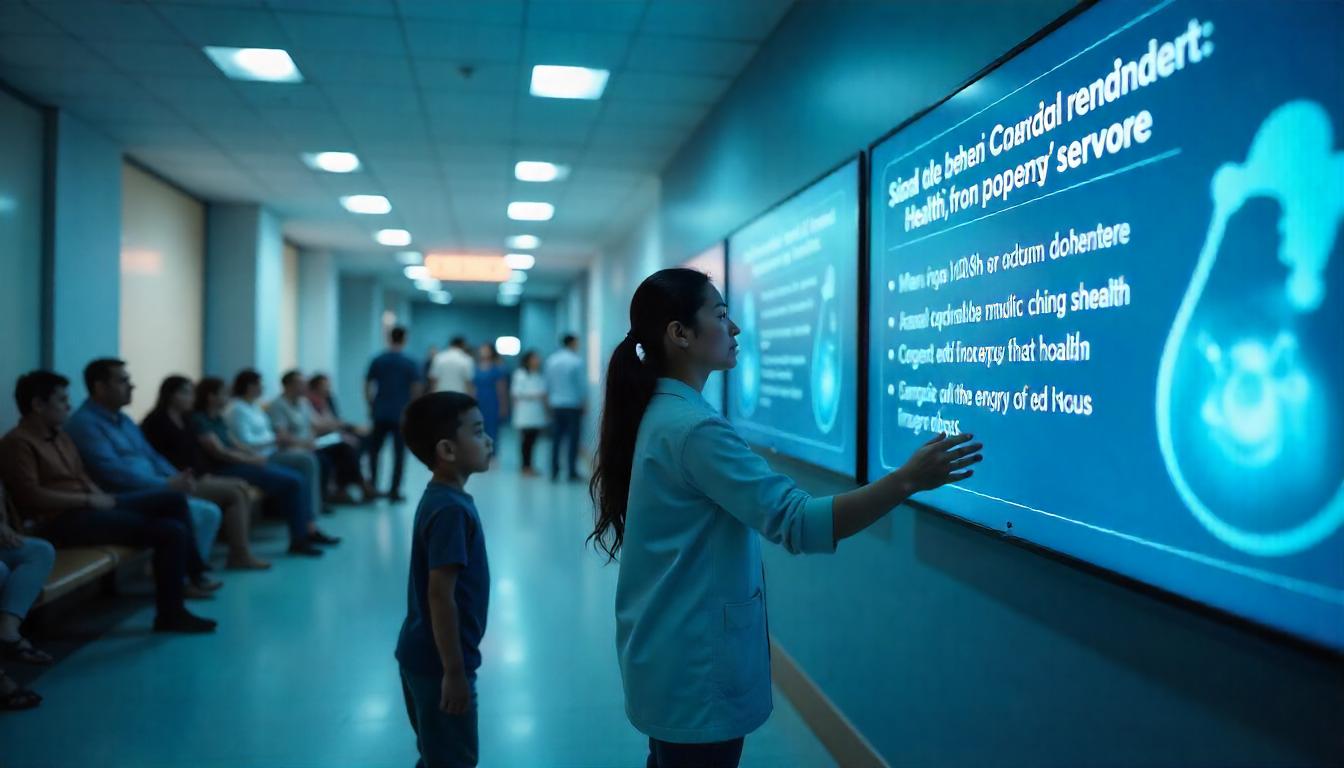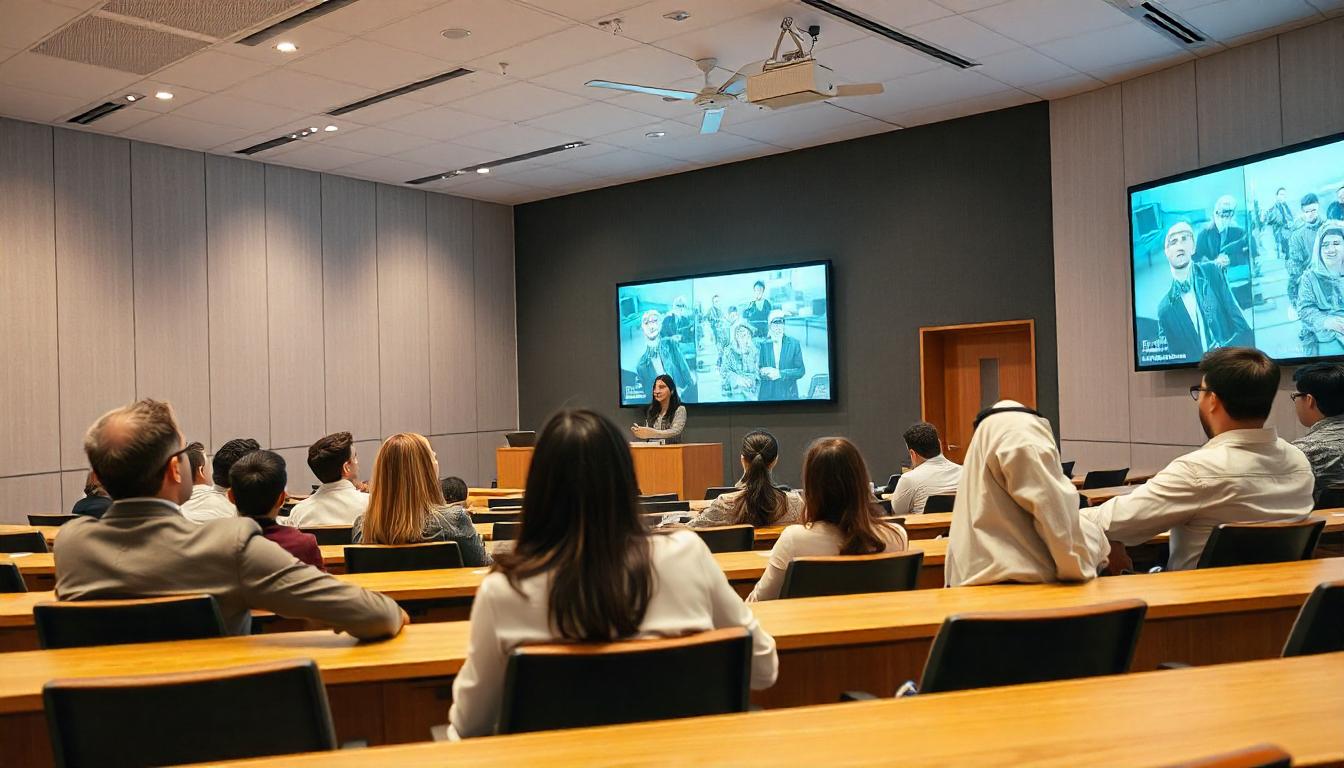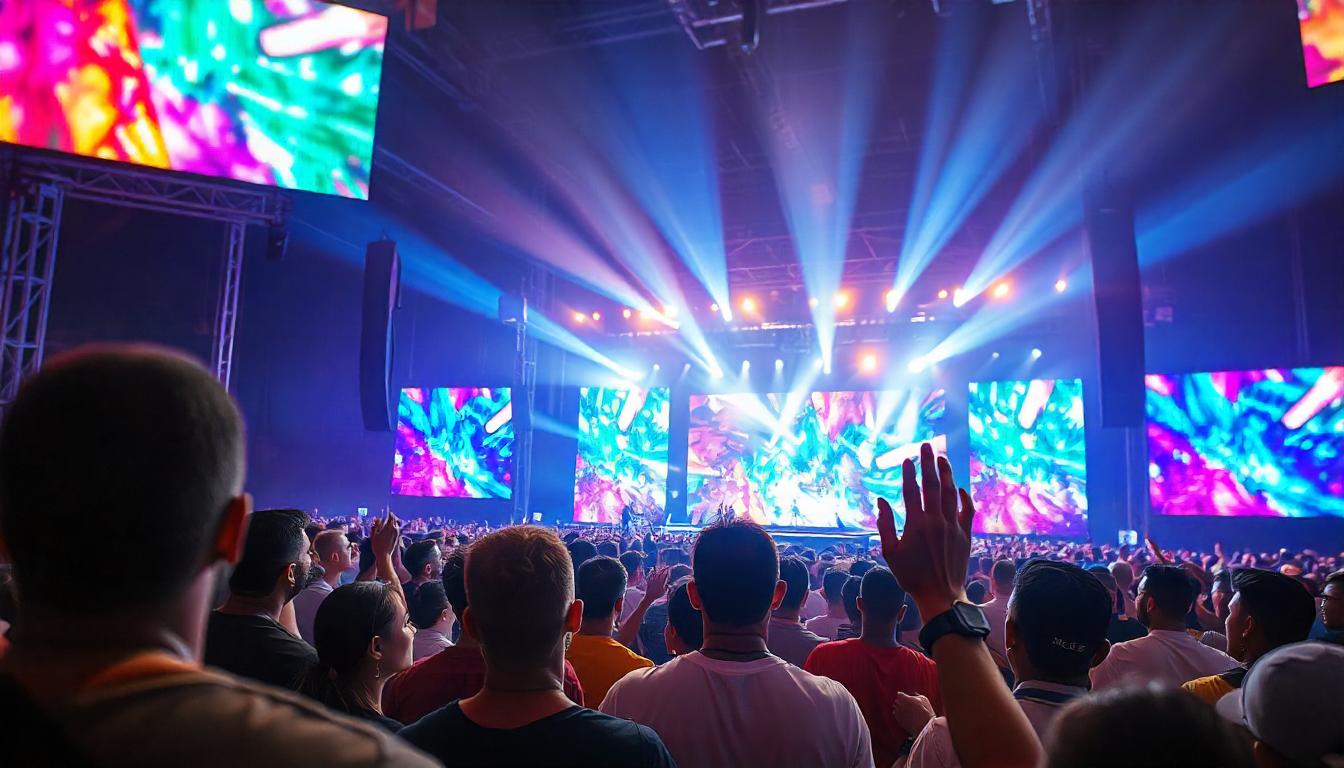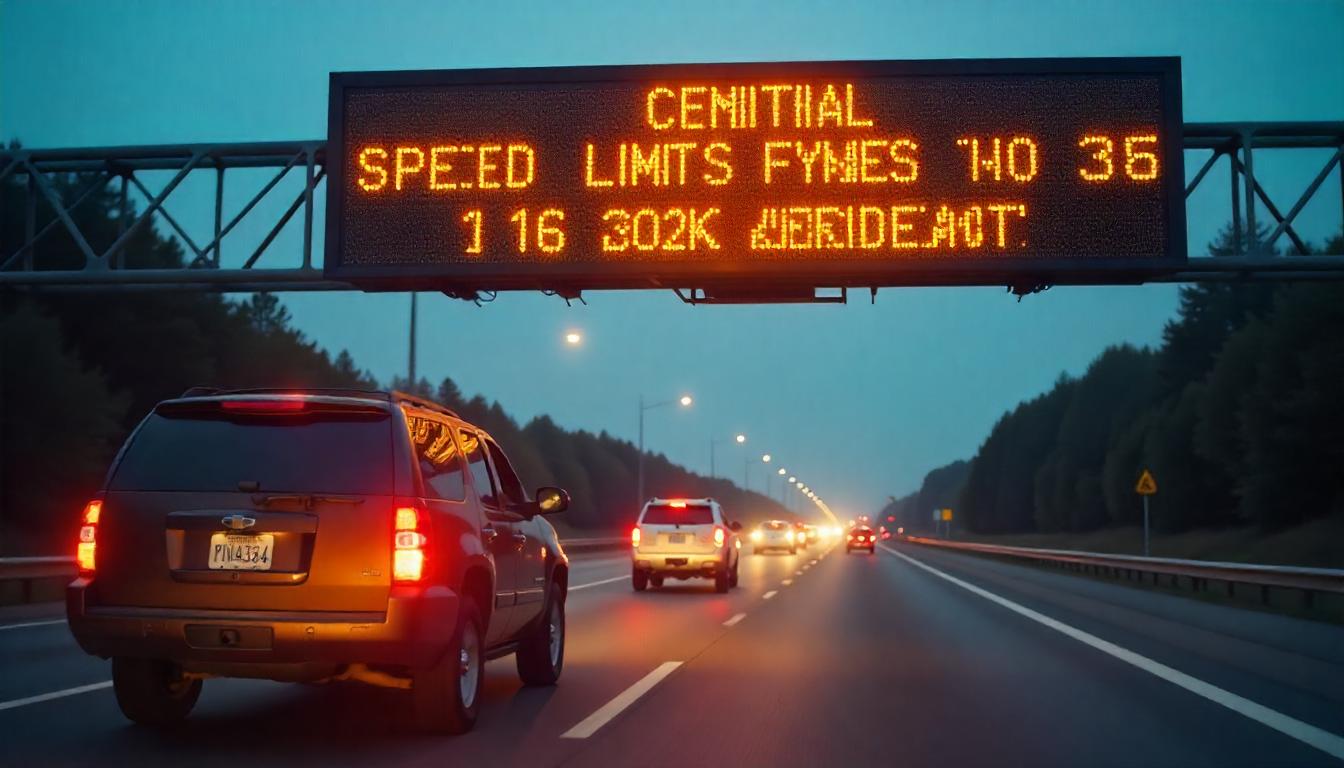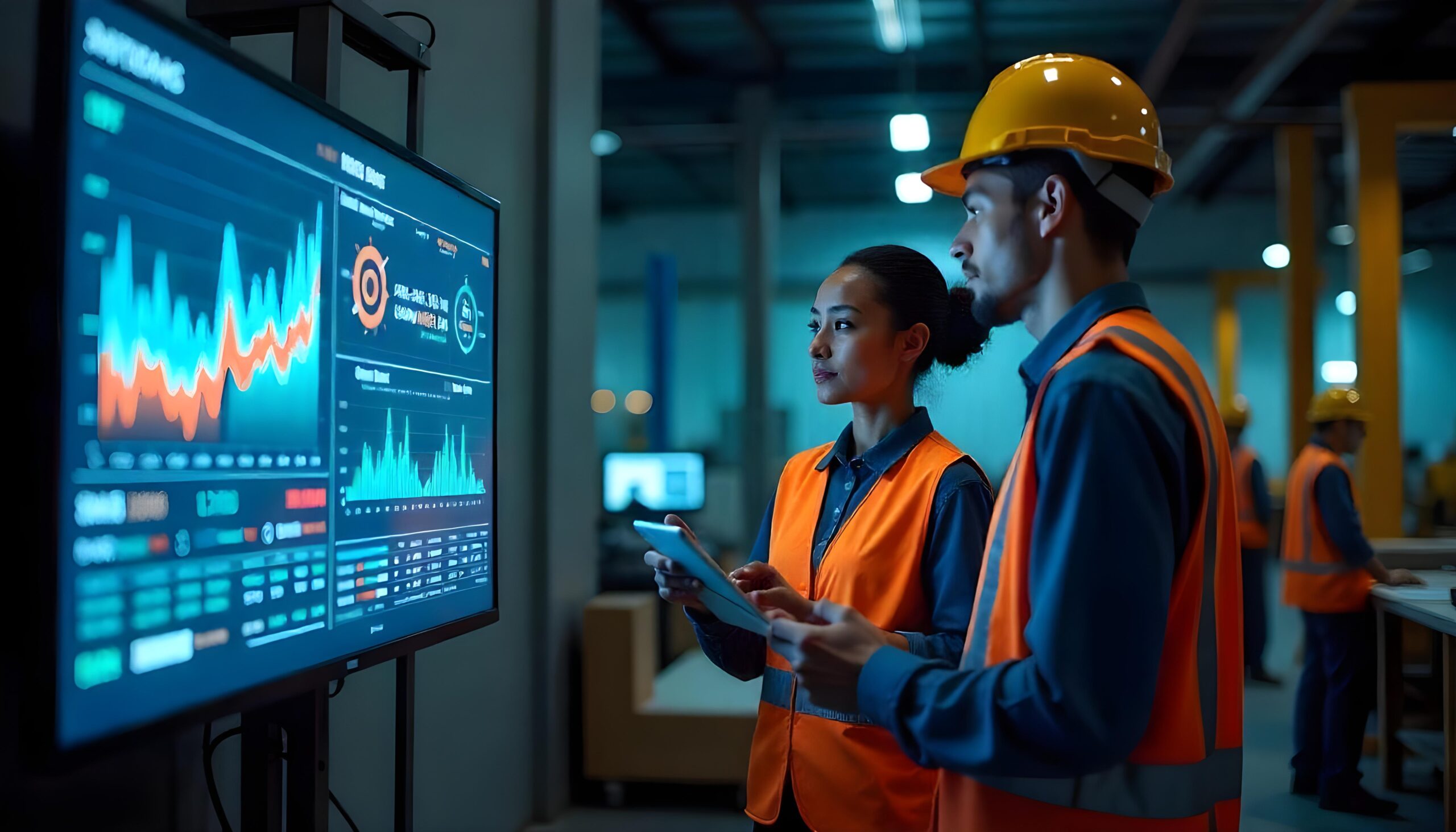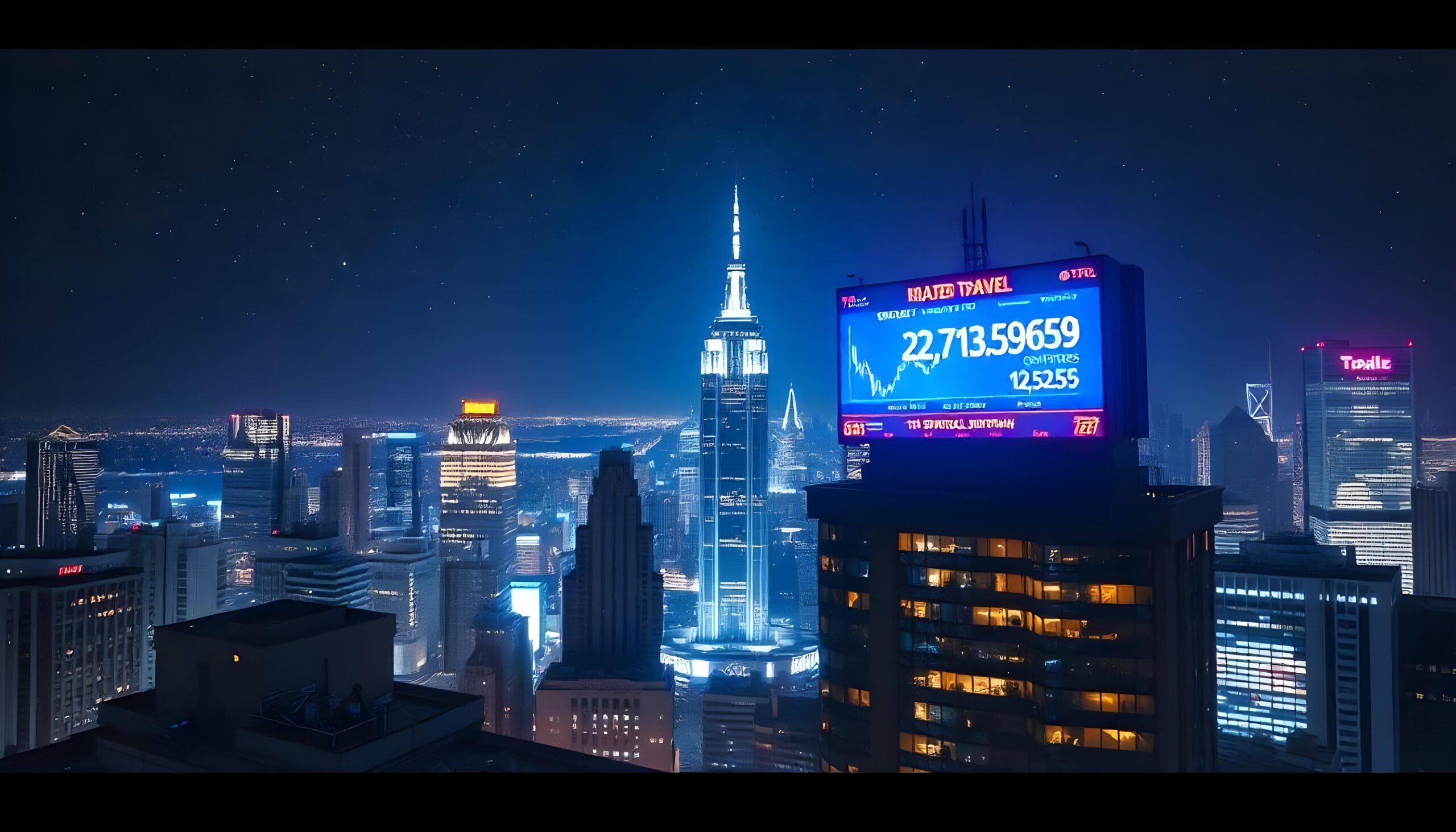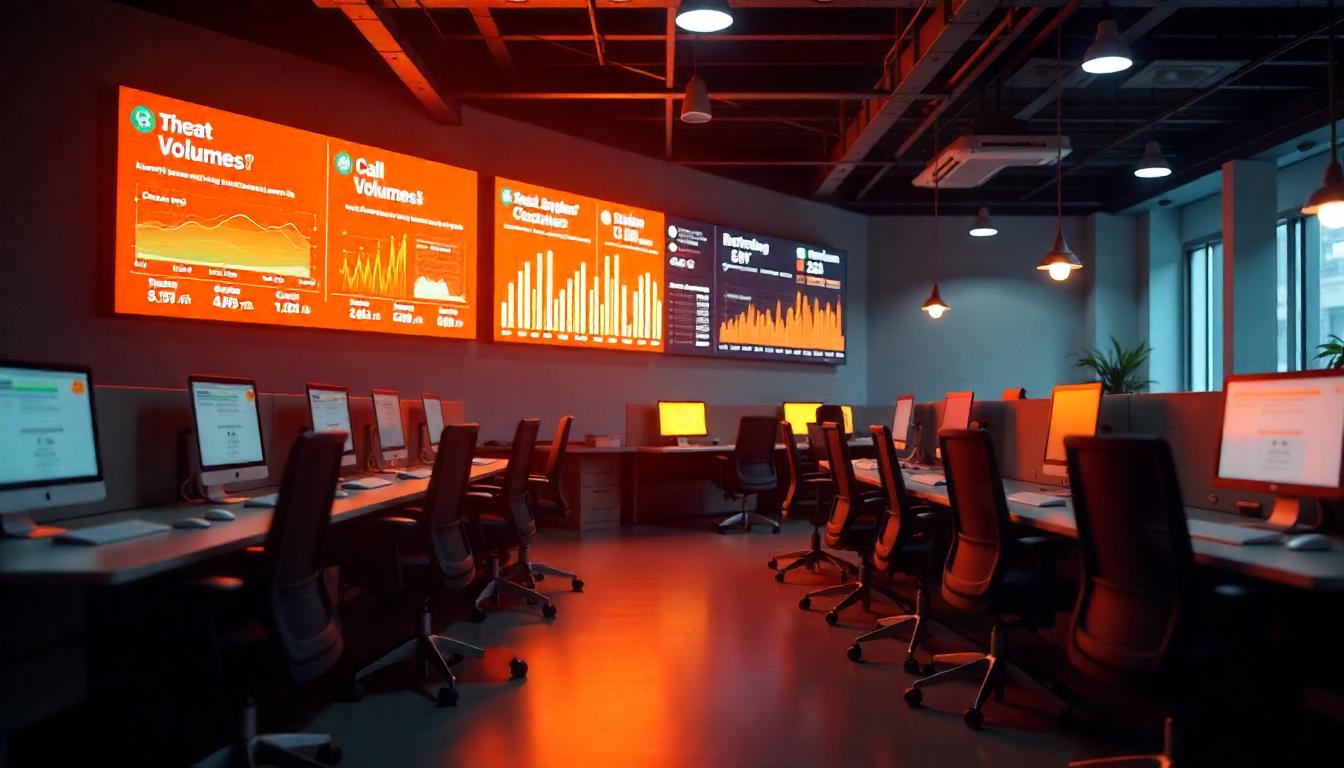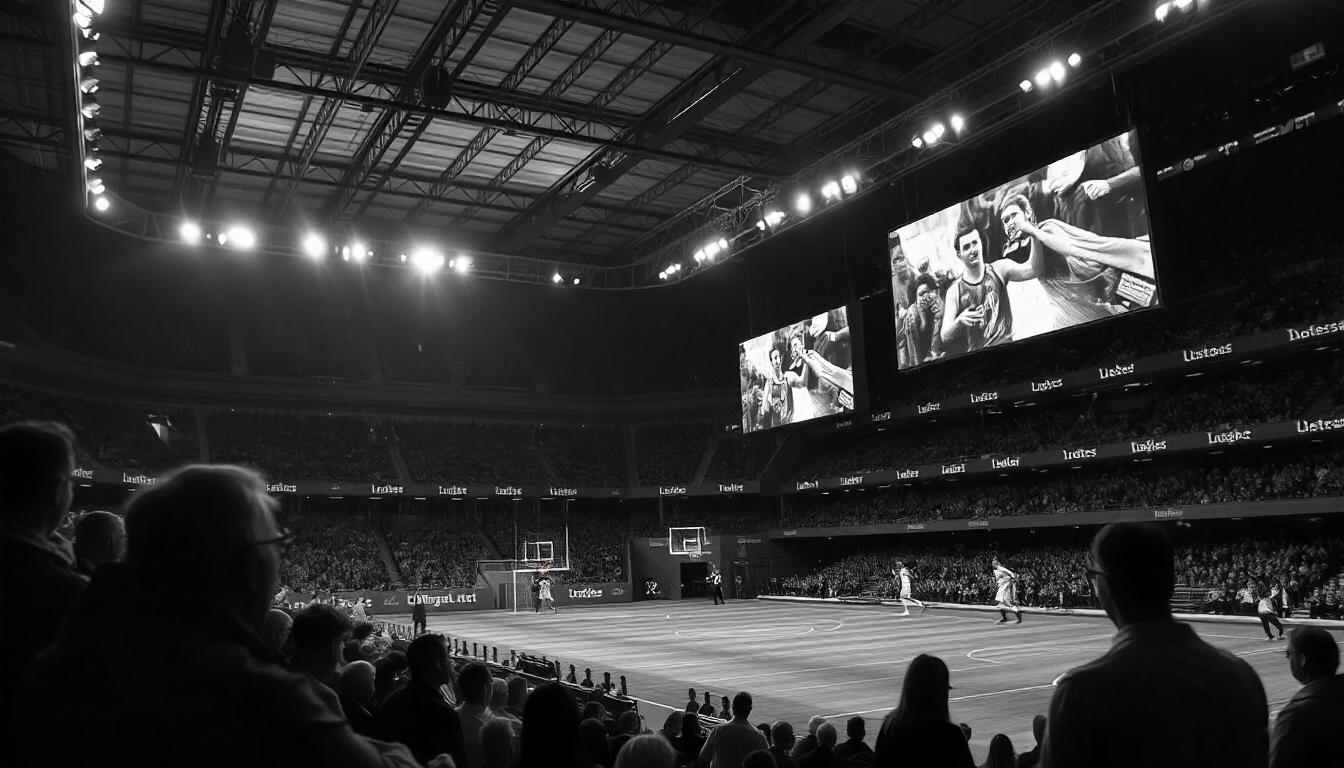aboutWelcome to New Era of LED
With expertise in Active LED Display for Advertising and Branding, illuminits has established a strong foothold in the industry. Our customized LED designs cater to clients nationwide, setting us apart from the competition.
illuminits has established a strong presence in the Active LED Display industry for advertising and branding purposes. We differentiate ourselves through our customized LED designs, serving clients across India.
FaqsEverything you need to know about
LED stands for light-emitting diode and is a semiconductor device that emits light when an electrical current passes through it. There are two basic types of LEDs typically referenced: discrete LEDs and surface-mounted (SMD) LEDs. A discrete LED, also known as through-hole or dual in-line package (DIP), is a single conducting component mounted through a hold-punched printed circuit board (PCB) and soldered in place. An SMD LED is soldered to the PCB via six pins and is typically packaged with at least two other LEDs as a pixel.
There are a variety of factors you should consider to determine the appropriate pixel pitch for your LED display application. Pixel pitch is the distance from the center of a pixel to the center of an adjacent pixel. The tighter the pitch (lower number), the greater number of pixels on your digital canvas and therefore the higher the resolution of your display.
Generally, the closer viewers will be to your display, the tighter the pixel pitch should be. However, there are other factors to consider including distance from grade, intended content type and resolution, display size, competing displays in the area, ambient light conditions, and more.
Brightness for LED displays is measured in NITs, which is one candela per square meter. Typical indoor brightness levels range from 300 to 1,200 NITs. Outdoor displays generally go much brighter, sometimes as high as 8,000 nits or more. Brightness is a highly variable specification, and unfortunately, many manufacturers and re-sellers mislead on this topic. Most displays can be driven to a higher brightness performance, but this comes at the expense of the components—including LED lifetime—as well as higher power consumption.
There are a number of ways you can save energy with your LED display. First, if you’ve implemented your LED display in recent years, you’re already saving power over older video display systems. Additionally, there are slight differences between technology suppliers. For example, SNA Displays offers energy-saving displays through a combination of PCB design, LED package design, and power-supply selection, leading to less energy waste through released heat. We also recommend automatic brightness sensors and configuring your display such that less energy is spent driving your display during times when there is little to no sunlight. Finally, you should set your display to “idle” on a black screen when no content is present (in the late overnight hours for example), which minimizes power consumption.
The typical life for an LED display is 100,000 hours, or about 10 years give or take. However, there are many variables that affect LED life, including diode manufacturer, environment, and how the display is used over time. For example, the life of a display could be significantly reduced is a user operates a display at full brightness and bright/light content for the majority of the content schedule. The brightness for LED displays should be regulated and scheduled according to ambient light. For example, screens that are blinding at night because they are needlessly set at full brightness are losing their LED life over time.
16:9 (sixteen-by-nine) is a widescreen aspect ratio of 16 units wide to 9 units high. Those units can be expressed in inches, feet, pixels, or any other physical metric. It is the standard in today’s digital media for digital displays of any kind (and the content played on them), having replaced the 4:3 aspect ratio used in older TVs and older PowerPoint versions. The newer widescreen format is also used in High Definition Television (HDTV).
LED stands for light-emitting diode and is a semiconductor device that emits light when an electrical current passes through it. There are two basic types of LEDs typically referenced: discrete LEDs and surface-mounted (SMD) LEDs. A discrete LED, also known as through-hole or dual in-line package (DIP), is a single conducting component mounted through a hold-punched printed circuit board (PCB) and soldered in place. An SMD LED is soldered to the PCB via six pins and is typically packaged with at least two other LEDs as a pixel.
There are a variety of factors you should consider to determine the appropriate pixel pitch for your LED display application. Pixel pitch is the distance from the center of a pixel to the center of an adjacent pixel. The tighter the pitch (lower number), the greater number of pixels on your digital canvas and therefore the higher the resolution of your display.
Generally, the closer viewers will be to your display, the tighter the pixel pitch should be. However, there are other factors to consider including distance from grade, intended content type and resolution, display size, competing displays in the area, ambient light conditions, and more.
Brightness for LED displays is measured in NITs, which is one candela per square meter. Typical indoor brightness levels range from 300 to 1,200 NITs. Outdoor displays generally go much brighter, sometimes as high as 8,000 nits or more. Brightness is a highly variable specification, and unfortunately, many manufacturers and re-sellers mislead on this topic. Most displays can be driven to a higher brightness performance, but this comes at the expense of the components—including LED lifetime—as well as higher power consumption.
There are a number of ways you can save energy with your LED display. First, if you’ve implemented your LED display in recent years, you’re already saving power over older video display systems. Additionally, there are slight differences between technology suppliers. For example, SNA Displays offers energy-saving displays through a combination of PCB design, LED package design, and power-supply selection, leading to less energy waste through released heat. We also recommend automatic brightness sensors and configuring your display such that less energy is spent driving your display during times when there is little to no sunlight. Finally, you should set your display to “idle” on a black screen when no content is present (in the late overnight hours for example), which minimizes power consumption.
The typical life for an LED display is 100,000 hours, or about 10 years give or take. However, there are many variables that affect LED life, including diode manufacturer, environment, and how the display is used over time. For example, the life of a display could be significantly reduced is a user operates a display at full brightness and bright/light content for the majority of the content schedule. The brightness for LED displays should be regulated and scheduled according to ambient light. For example, screens that are blinding at night because they are needlessly set at full brightness are losing their LED life over time.
16:9 (sixteen-by-nine) is a widescreen aspect ratio of 16 units wide to 9 units high. Those units can be expressed in inches, feet, pixels, or any other physical metric. It is the standard in today’s digital media for digital displays of any kind (and the content played on them), having replaced the 4:3 aspect ratio used in older TVs and older PowerPoint versions. The newer widescreen format is also used in High Definition Television (HDTV).
LED stands for light-emitting diode and is a semiconductor device that emits light when an electrical current passes through it. There are two basic types of LEDs typically referenced: discrete LEDs and surface-mounted (SMD) LEDs. A discrete LED, also known as through-hole or dual in-line package (DIP), is a single conducting component mounted through a hold-punched printed circuit board (PCB) and soldered in place. An SMD LED is soldered to the PCB via six pins and is typically packaged with at least two other LEDs as a pixel.
There are a variety of factors you should consider to determine the appropriate pixel pitch for your LED display application. Pixel pitch is the distance from the center of a pixel to the center of an adjacent pixel. The tighter the pitch (lower number), the greater number of pixels on your digital canvas and therefore the higher the resolution of your display.
Generally, the closer viewers will be to your display, the tighter the pixel pitch should be. However, there are other factors to consider including distance from grade, intended content type and resolution, display size, competing displays in the area, ambient light conditions, and more.
Brightness for LED displays is measured in NITs, which is one candela per square meter. Typical indoor brightness levels range from 300 to 1,200 NITs. Outdoor displays generally go much brighter, sometimes as high as 8,000 nits or more. Brightness is a highly variable specification, and unfortunately, many manufacturers and re-sellers mislead on this topic. Most displays can be driven to a higher brightness performance, but this comes at the expense of the components—including LED lifetime—as well as higher power consumption.
There are a number of ways you can save energy with your LED display. First, if you’ve implemented your LED display in recent years, you’re already saving power over older video display systems. Additionally, there are slight differences between technology suppliers. For example, SNA Displays offers energy-saving displays through a combination of PCB design, LED package design, and power-supply selection, leading to less energy waste through released heat. We also recommend automatic brightness sensors and configuring your display such that less energy is spent driving your display during times when there is little to no sunlight. Finally, you should set your display to “idle” on a black screen when no content is present (in the late overnight hours for example), which minimizes power consumption.
The typical life for an LED display is 100,000 hours, or about 10 years give or take. However, there are many variables that affect LED life, including diode manufacturer, environment, and how the display is used over time. For example, the life of a display could be significantly reduced is a user operates a display at full brightness and bright/light content for the majority of the content schedule. The brightness for LED displays should be regulated and scheduled according to ambient light. For example, screens that are blinding at night because they are needlessly set at full brightness are losing their LED life over time.
16:9 (sixteen-by-nine) is a widescreen aspect ratio of 16 units wide to 9 units high. Those units can be expressed in inches, feet, pixels, or any other physical metric. It is the standard in today’s digital media for digital displays of any kind (and the content played on them), having replaced the 4:3 aspect ratio used in older TVs and older PowerPoint versions. The newer widescreen format is also used in High Definition Television (HDTV).

Illuminits LED Video Wall
For an Immersive and Seamless Viewing Experience
Bringing vibrant visuals to life with stunning clarity.
Illuminits LED Video Wall For an Immersive and Seamless
Viewing Experience Bringing vibrant visuals to life with stunning clarity.
teamThe Neural Network experts: uniting talent for intelligent solutions
partnersTrusted collaborators and strategic partners










